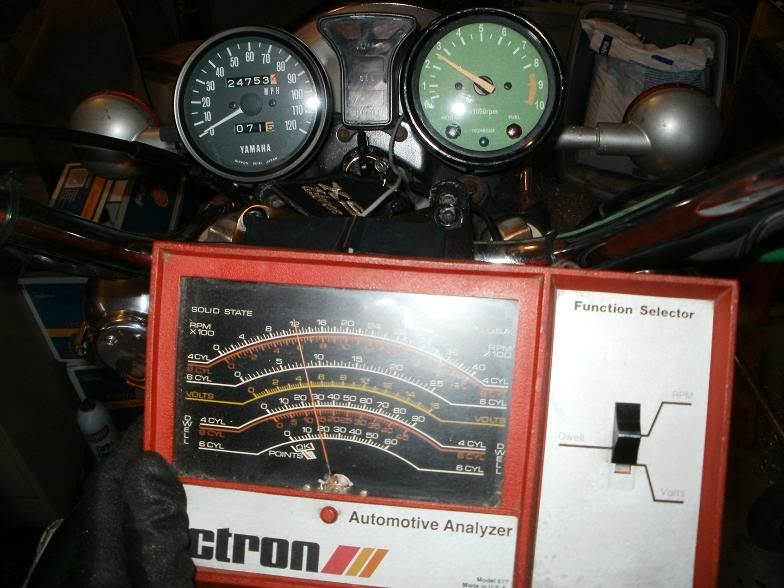I want to fine tune my four carburettors and found an Electrotest Speedograph MK2, suitable for 4 and 6 cylinder engines, made by Speedograph Ltd., Arnold, Nottingham England.
Anyone knows if this instrument is suitable for the Yamaha XS11 and where to connect the two leads to?
Anyone knows if this instrument is suitable for the Yamaha XS11 and where to connect the two leads to?




Comment